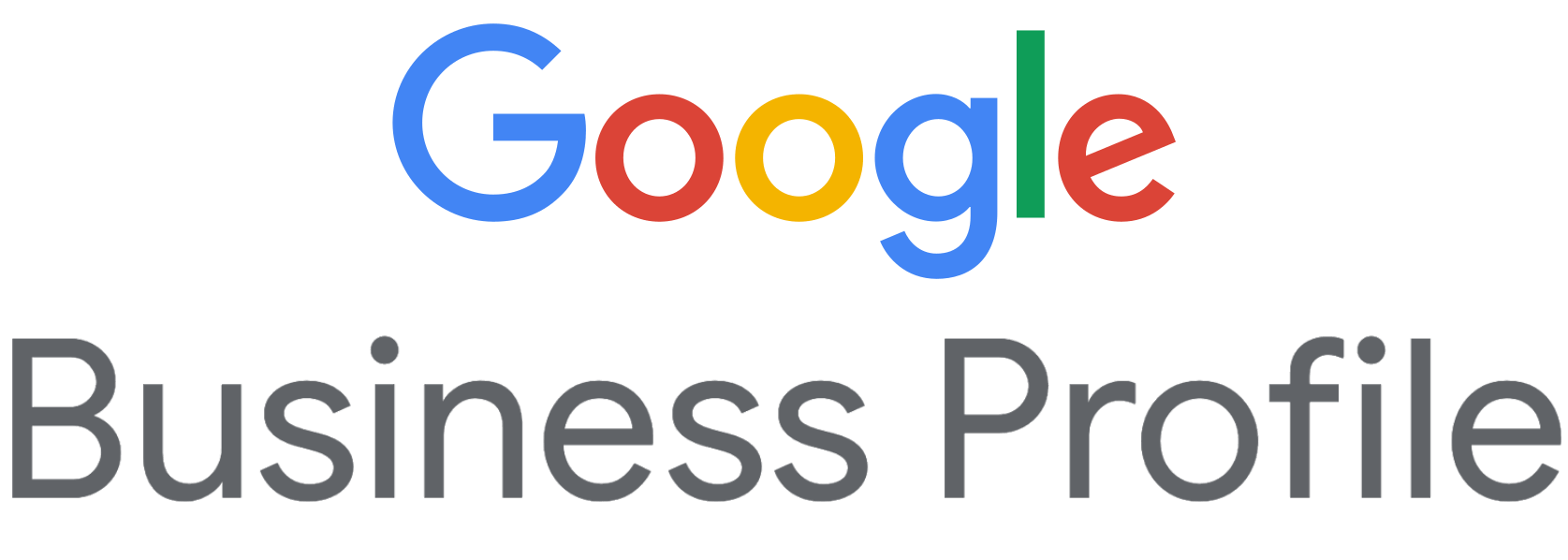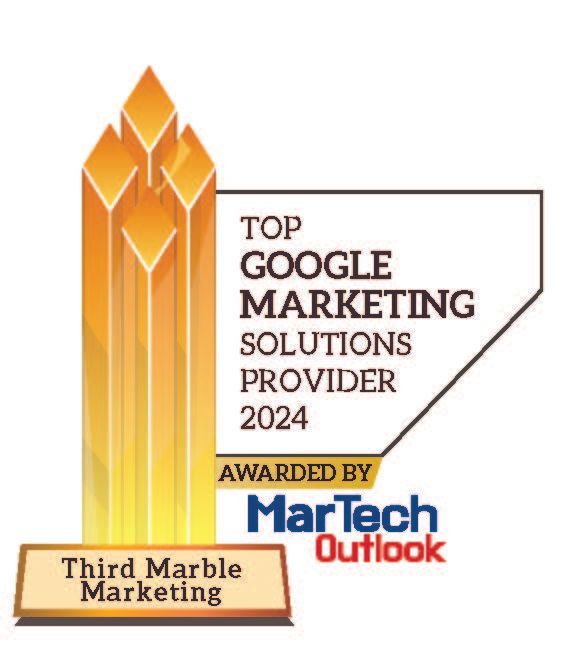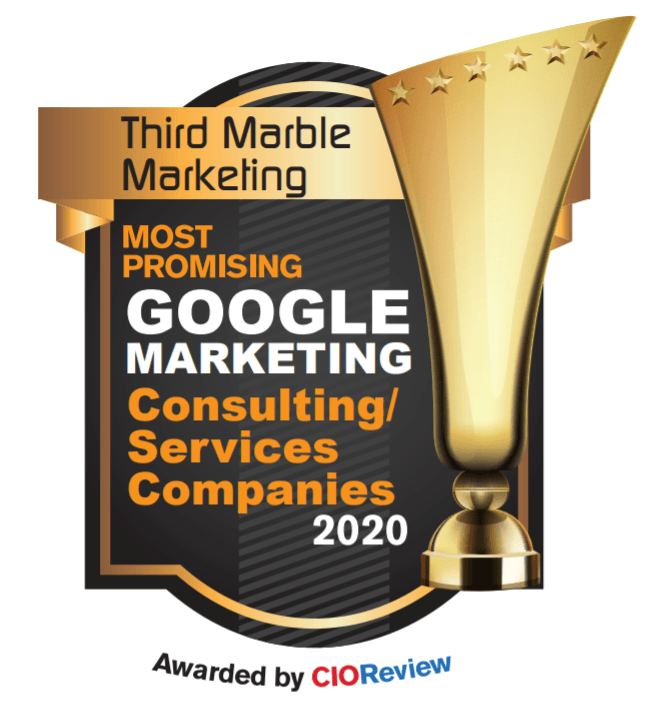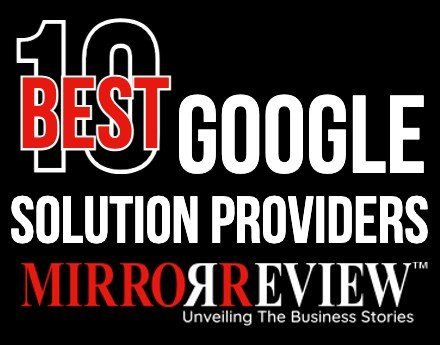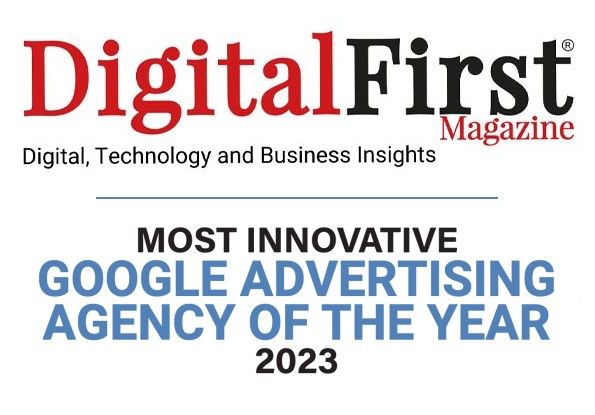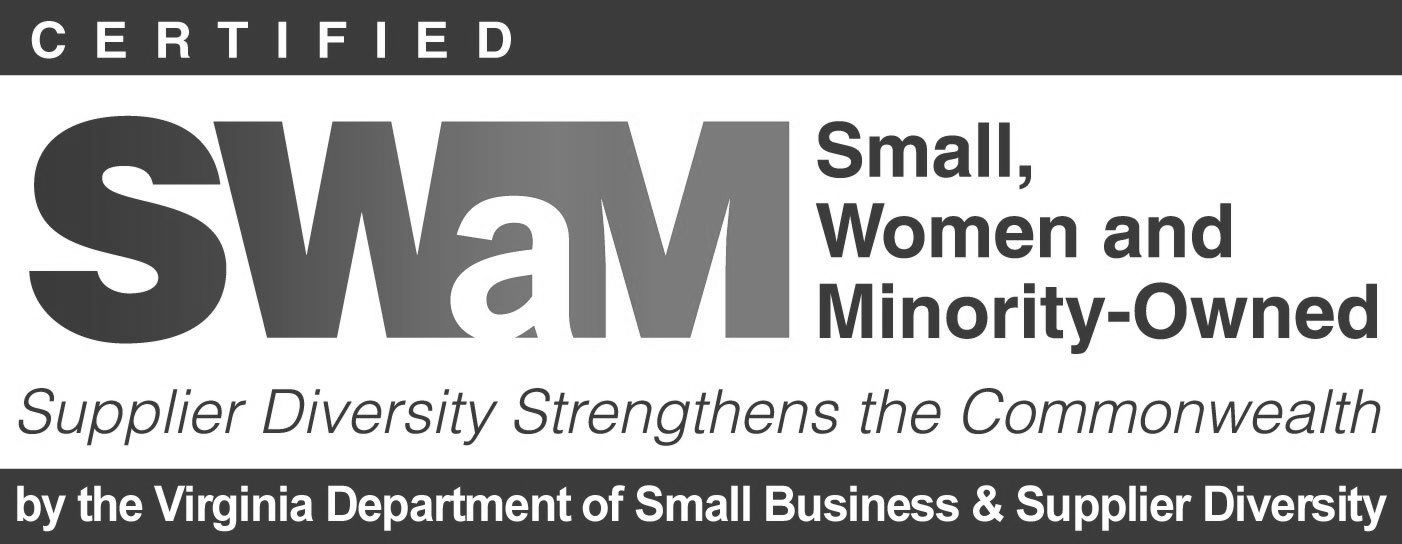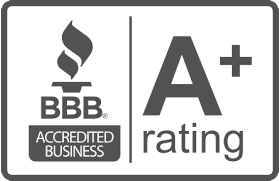GOOGLE … ON THE CUTTING EDGE TO IMPROVE LOCAL SEO
GOOGLE … ON THE CUTTING EDGE TO IMPROVE LOCAL SEO
Third Marble Heads-up for Small Business Owners & Marketing Managers
When you want to find a restaurant or nearby car repair shop, what do you do? Right, you search for it online. Likewise, when your prospects and customers are seeking geographically close (local) offerings like yours … they do the same.
A 2022 survey reveals 78% of consumers search for local business info online at least once a week. So, if you have a business that serves a particular town or area, local search engine optimization (Local SEO) is essential to make sure consumers can find you easily. The solution … optimize your site to achieve better rankings than your competitors.
For this article, it’s key to recognize that the hands-down search engine of choice is Google with an 84% market share. That means to successfully execute your digital marketing strategy, you must employ advancements in Google technology that enhance local searches.
As a Google Partner, Third Marble enjoys advance notice about future updates ... valuable foresight to “get a jump” on helping our clients maintain superior search rankings. Read on about the latest Google announcement, the introduction of Bard – an experimental artificial intelligence service that will affect Local SEO action-plans.
Introducing Bard
Bard promises to add a whole new dimension to Google Search. While still in the experimental stage, this AI technology is designed to answer search questions. In Google’s words … “it draws information from the web to provide fresh, high-quality responses.” The net result for searchers is a broader range of choice in answer to info they are seeking.
An analogy to a recent AI application that’s currently in the news, ChatGPT, offers an operational comparison to Bard. ChatGPT recognizes broad patterns of text harvested from the internet and creates content in answer to a user’s prompt. For example, you can tell it to “Write me a poem”, and when it does, further instruct it to “Make it more exciting”. ChatGPT will continue to respond with as much detail as requested.
Similarly, Bard will recognize vast amounts of data from the internet that will satisfy a Google Search request. Sundar Pichai CEO of Google writes of Google’s commitment to create entirely new ways to engage with information from languages and images to video and audio … starting with Search. Bard can turn information requests into useful knowledge more efficiently and accelerate users’ ability to get to the heart of what they’re looking for and smooth the way for decision-making.
According to Pichai, the major driver for this technology is … “increasingly, people are turning to Google for deeper insights and understanding”. That’s in contrast to a time when people thought of Google only for quick factual answers.
AI is particularly valuable for questions that have no one right answer. For example, you can ask Bard to compare the pros and cons of buying an electric car versus a gasoline powered vehicle. In response, Search will distill multiple perspectives to quickly learn more from the internet … like blogs from automotive experts, purchasers of electric vehicles who are pleased and those who switched back to traditionally powered cars.
As mentioned above, Bard is at an experimental stage. In February Google will start onboarding individual developers, creators and enterprises to conduct a “shakedown cruise” of Bard as a preface to a broader launch soon.
Note: For readers not yet signed up for TMM’s Local SEO service or want to know more, click here for Local SEO … The Third Marble Way.
The TMM team is on top of every new algorithm update from Google to ensure our customers place high on Google Search. To put that in perspective … updates in 2022 exceeded 400!






